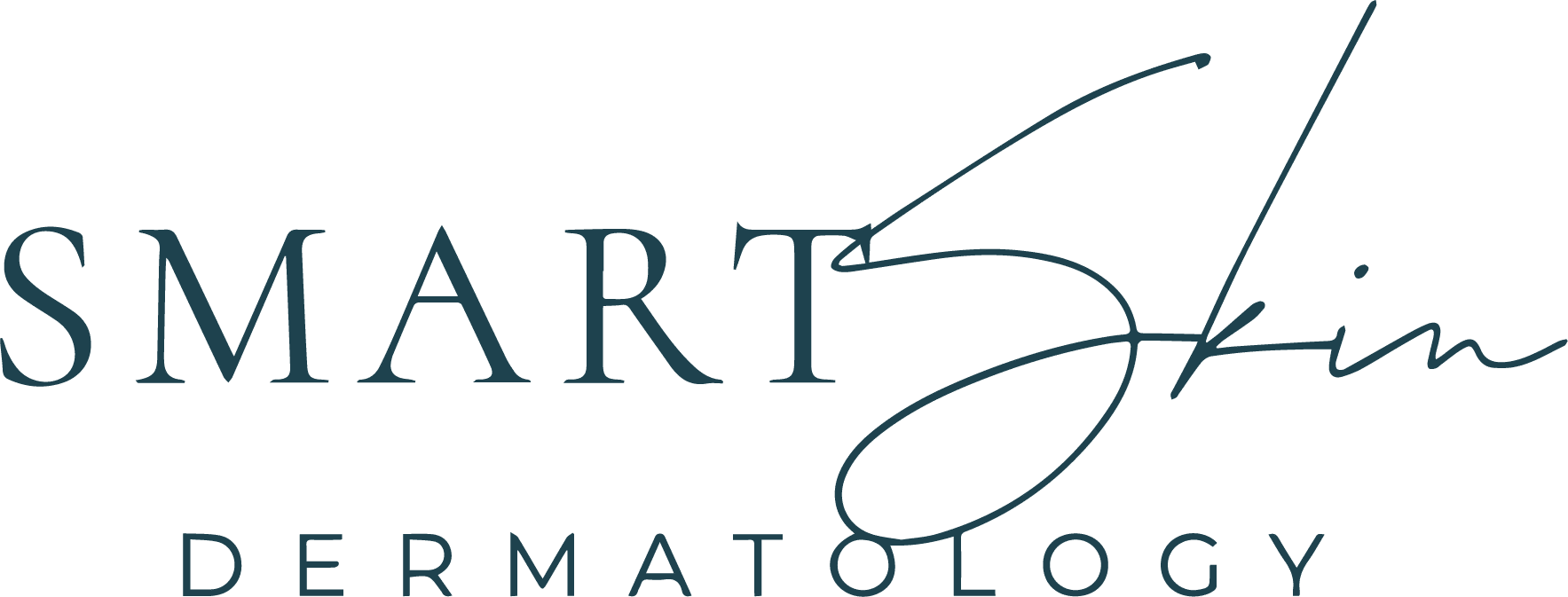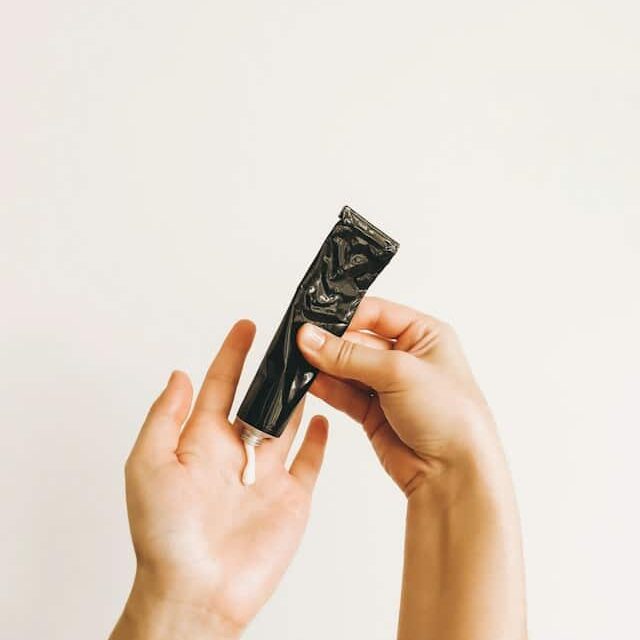
Who Is Most Prone To Rosacea? Is There A Root Cause?
Do you suspect that you are prone to rosacea? Are you worried that the redness in your skin is a sign of rosacea? What exactly is this skin condition, who is prone to it and what causes it?
Read further on our blog to learn more about rosacea and see if you may be prone to it.
What is Rosacea?
Believe it or not, rosacea is a rather common skin condition that causes redness, flushing, acne-like lesions, the appearance of blood vessels on the skin and sometimes actual thickening of the skin. It is a chronic condition that waxes and wants and unfortunately has no definite cure.
What are the Symptoms?
Rosacea can be easily mistaken for acne or eczema. There are symptoms of rosacea that can help you identify it.
- Facial redness – One easy way to identify rosacea is the redness of the central part of the face, specifically the nose and cheeks. This redness is typically persistent and the small vessels in these areas can become more visible over time.
- Blemishes and red bumps – red bumps and pustules due to rosacea are often mistaken as acne. However, the comedone will help differentiate acne from rosacea as the comedone is seen in acne and not seen in Rosacea.
- Eye problems – The symptoms of rosacea may also affect the eye with or without skin involvement. You can develop issues such as eye dryness, irritation, swollen eyelids, and red-eye.
- Enlarged nose or other thickened skin- Men with Rosacea are more prone to this symptom than women are. Over time, with chronic inflammation and swelling, the skin can thicken and oil glands can enlarge giving the skin an enlarged, cobble stone look.
Other common symptoms of rosacea include:
- Stinging and burning sensation of the affected skin
- Patches or rough and dry skin
- Enlargement of pores
- Breaking of blood vessels
- Chalazion, watery-irritated eyes
Who is most prone to Rosacea?
Rosacea primarily affects those with lighter skin phototypes. However, studies have shown that rosacea occurs mainly in the following people that fall under the following categories:
- Age – most common between the ages of 30-50 years old usually experience Rosacea symptoms.
- Appearance – Though the reason is still unknown, people who have fairer skin, blonde hair, and blue eyes seem to be more prone to get Rosacea.
- Race/Genetics – Most people with rosacea are of Celtic origin or Scandinavian ancestry
- History of rosacea in the family – If someone in your family member has rosacea, you will be more likely to develop the same skin condition.
- Prone to acne and seborrheic dermatitis – these conditions are commonly observed concomitantly with rosacea.
According to studies, rosacea more often occurs in women than men. However, rosacea in men is more likely to develop severe symptoms, especially the Phymatous type of rosacea. But remember even though this is the most common Everyone can have rosacea despite age, race, skin color, and skin type. There is no definite telling who will get it or not.
What Causes Rosacea?
The cause of rosacea is still poorly understood, but the following have been implicated in playing a role in this condition.
Genetics: There have been reports of familial rosacea, so an underlying genetic predisposition is likely.
Immune system: Inappropriate activation of the immune system. This has something to with Cathelicidins, which make up or skin’s normal defense against microbes.
Demodex folliculorum; is a hair follicle mite that can be observed in rosacea papules.
Sun damage: Chronic UV radiation does play a part.
H. Pylori; increased incidence of rosacea has been reported in those who carry this bacterium in their stomach, but the connection is poorly understood and is not to believed to be a cause.
A lot of things can trigger Rosacea, but these are some of the most common:
- Sun exposure
- Stress
- Strenuous exercise
- Extremes in weather, hot or cold temperatures, wind
- Hot beverages
- Alcohol and caffeine intake
- Spicy foods
How to Treat Rosacea
There is still no definite cure for Rosacea, but the signs and symptoms can be managed.
General Measures:
- When possible, avoid triggers and reduce factors that cause facial flushing. Ie, keep your face cool, minimize exposure to hot, spicy foods.
- Avoid using topical steroids to treat rosacea. This may initially help, but can cause rebound flares later.
- Protect yourself from the sun.
Medications
Topical
- Metronidazole cream
- Topical antibiotics
- Calcineurin inhibitors
- Ivermectin cream
- Azelaic acid gel
- Brimonidine cream
- Oxymetazoline cream
Oral
- Tetracycline antibiotics
- Oral isotretinoin for severe cases
Laser therapy
Pulsed dye laser and intense pulsed light therapy can be very helpful for the erythema and telangiectasias associated with rosacea. This typically requires multiple treatments and is not covered by insurance.
If you think you may have symptoms of rosacea and or need help managing it, talk to us to give you a proper diagnosis. Smart Skin Dermatology has professional and passionate medical experts to help you achieve healthier and happier skin. Let us take care of you!






